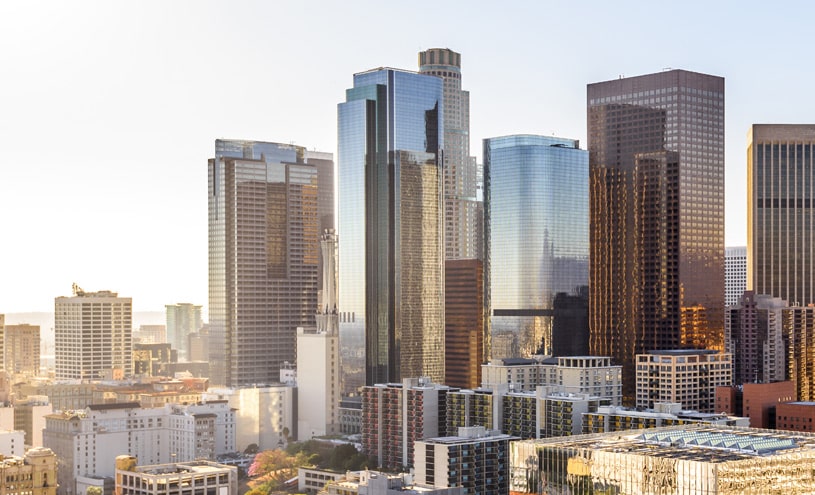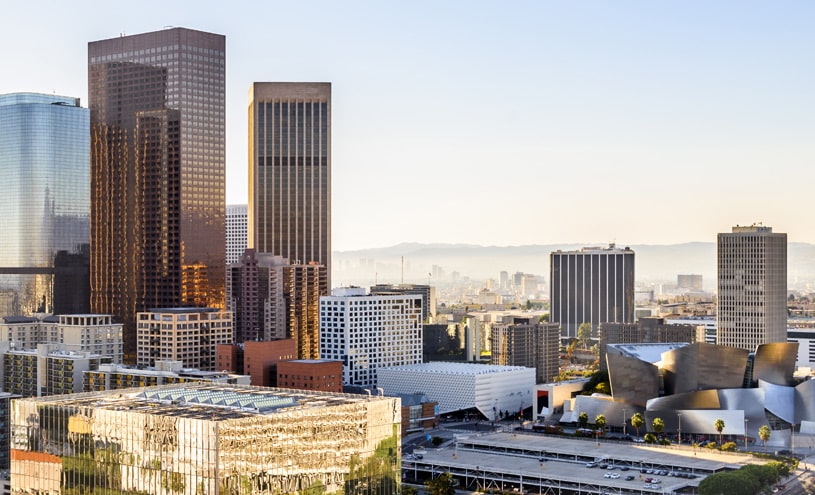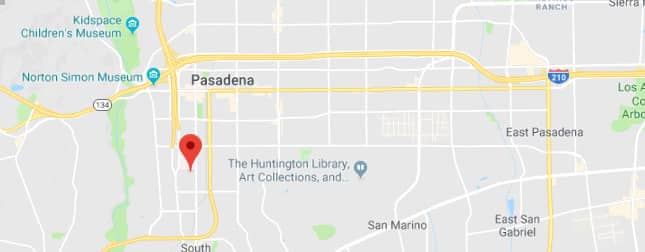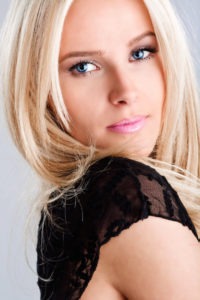 Nasal polyps can develop in various sizes and colors. They typically range from brownish-yellow to pink in color. Nasal polyps look like teardrops initially and gradually become larger to look like grapes on a stem.
Nasal polyps can develop in various sizes and colors. They typically range from brownish-yellow to pink in color. Nasal polyps look like teardrops initially and gradually become larger to look like grapes on a stem.
They can occur in one or both nostrils simultaneously and grow alone or in clusters.
Polyp clusters or substantial polyps can cause issues in breathing and impact the sense of smell. Polyps can obstruct the sinuses and cause recurrent infections. The nose surgeon will assess the patient’s nasal polyps and recommend an appropriate treatment plan based on this evaluation.
Board certified facial plastic and reconstructive surgeon Dr. Eric Yavrouian provides rhinoplasty cosmetic surgery to patients in Glendale, Pasadena, Burbank, Greater Los Angeles, Beverly Hills, CA, and surrounding communities.
Who may Develop Nasal Polyps?
Nasal polyps exist in around four to 40 percent of the population and are almost two to four times more common in men than in women. Polyps usually develop in people in their youth or middle age.
They are more likely to occur in individuals with recurring sinus infections, asthma, and allergies. Nasal polyps also have a higher possibility of developing in children with cystic fibrosis.
Diagnosis
An experienced surgeon can detect nasal polyps just by asking the patient questions on their symptoms and assessing the condition of their nose. A lighted instrument can enable the surgeon to see the nasal polyps within the nose.
Moreover, the surgeon may order the below mention tests to confirm the diagnosis:
- CT scan
- Nasal endoscopy
- Cystic fibrosis
- Skin prick allergy test
Treatment
Steroid Nose Drops or Spray
The surgeon may prescribe a steroid spray or nasal drops to the patient. These will help reduce the inflammation in the polyps. This is a standard course of treatment for patients with a single polyp or a cluster of small polyps. The side effects of the treatment may include:
- Headache
- Nosebleeds
- Sore throat
Steroid Pills
In case the patient has larger polyps or severe inflammation, they may require steroid pills. The doctor may prescribe these pills by themselves on along with a nasal spray.
Steroids can effectively decrease the size of the polyps. However, they can lead to complications such as weight gain. The surgeon will ask the patient to be on these pills for a few weeks and not for a longer duration.
Other Medications
Sometimes the surgeon may prescribe other medicines to address the conditions that may be aggravating the swelling. For instance, they may prescribe antifungal drugs to treat fungal allergies, antihistamines to treat allergic responses, and antibiotics to treat bacterial conditions.
Surgery
If the nasal polyps are substantial in size, or the patient does not respond to other treatments, the surgeon will recommend a surgical procedure to correct this condition.
Polypectomy
This is a common procedure to excise polyps. The procedure is done with the patient under local or general anesthesia. The surgeon will place a long, narrow pipe connected to a camera inside the patient’s nose to view the nasal polyps and sinuses.
Facial plastic and reconstructive surgeon Dr. Eric Yavrouian receives patients from Glendale, Pasadena, Burbank, Greater Los Angeles, Beverly Hills, CA, and nearby areas for rhinoplasty cosmetic surgery.
For more information about treatments and procedures by Facial Plastic and Reconstructive Surgeon, Dr. Eric J. Yavrouian, serving patients in and around Glendale, Pasadena, Burbank and the Greater Los Angeles, CA area call 818-241-2150 or click here to contact him for a consultation.




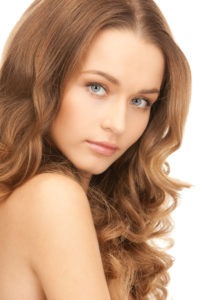 Functional
Functional 